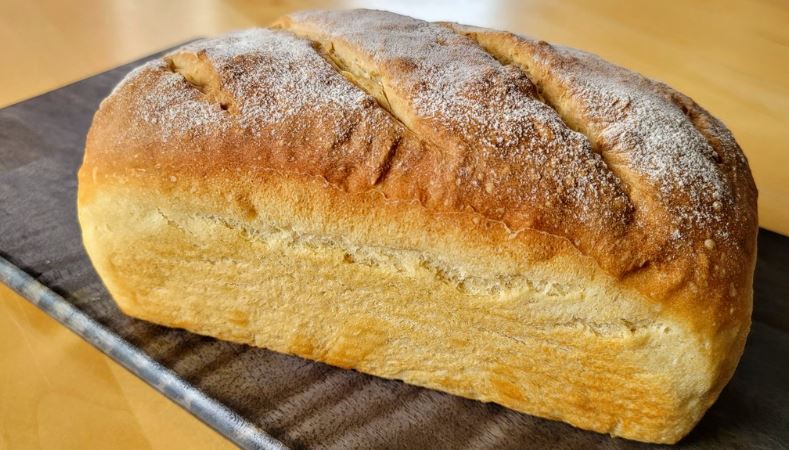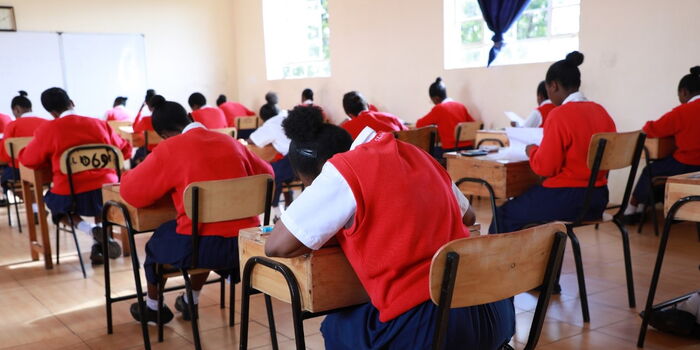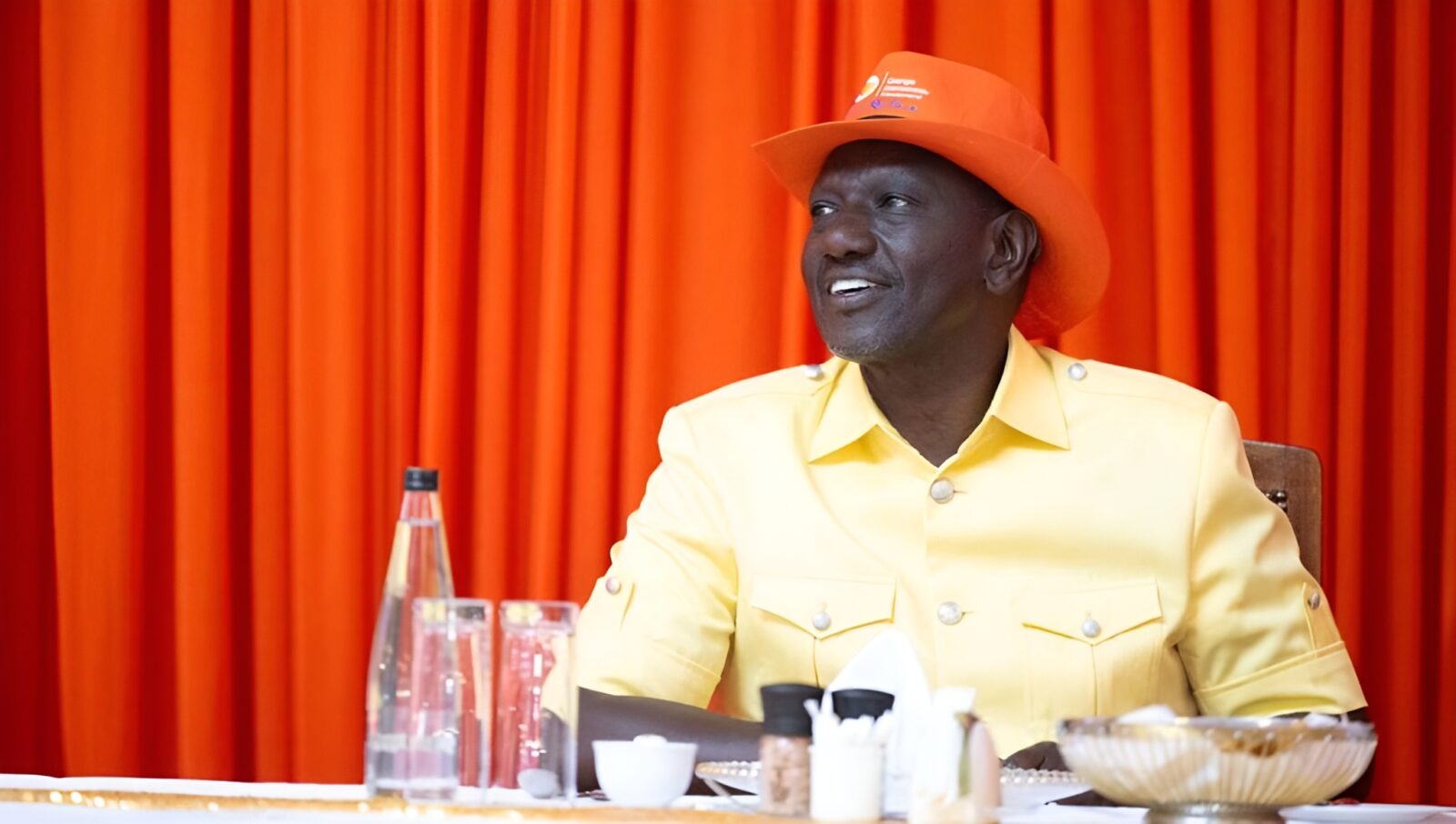Bread is the morning heartbeat to a typical Kenyan morning.
The sun barely up.
The kettle hissing.
Chai ya maziwa ready.
And right there on the table — a fresh loaf of bread.
Someone’s slicing.
Someone’s buttering.
Someone’s eyeing that last piece of crust like it’s gold.
For many Kenyans, bread isn’t just food.
It’s routine.
It’s childhood.
It’s that warm smell wafting from the juala package in the morning.
It’s the jam and blue band sandwich during break time.
It’s chai’s ride-or-die.
But here’s the loaf-sized truth…
Bread in Kenya has changed.
A lot.
Once upon a time, bakeries baked for taste.
Today? Many bake for shelf life.
Fluffy? Yes.
Sweet? Oh, absolutely.
Healthy? Ehhh… not quite.
Some loaves on the shelves are more sugar than grain.
Packed with preservatives you can’t even pronounce.
That “whole wheat” loaf? Sometimes it’s just dyed brown.
Others filled with plastic making chemicals to make them look fresh and firm.
And the price?
Up, up, and away.
What was 20 bob years ago is now flirting with 60.
Your breakfast bill? Heavier than the bread itself.
Still… we love it.
We’ll dunk it in tea.
We’ll toast it for our kids.
We’ll pack it for picnics.
Bread is family.
But watu wangu, here’s the deal…
Read the label.
Check the ingredients.
Know what you’re putting in your body. How? You may ask..
A simple squeeze test. If it bounces back to perfect shape like a sponge.
It’s usually loaded with dough conditioners, emulsifiers, and preservatives that make it last for weeks without going stale.
Real, minimally processed bread is softer at first but doesn’t spring back perfectly—it dents a little, smells fresh, and goes stale faster because it’s actually just bread.
Or better yet… try baking at home.
Flour. Yeast. Water. Salt.
Simple. Real. Fresh.
Because at the end of the day…
Bread should feed your soul.
Not just fill your stomach.












